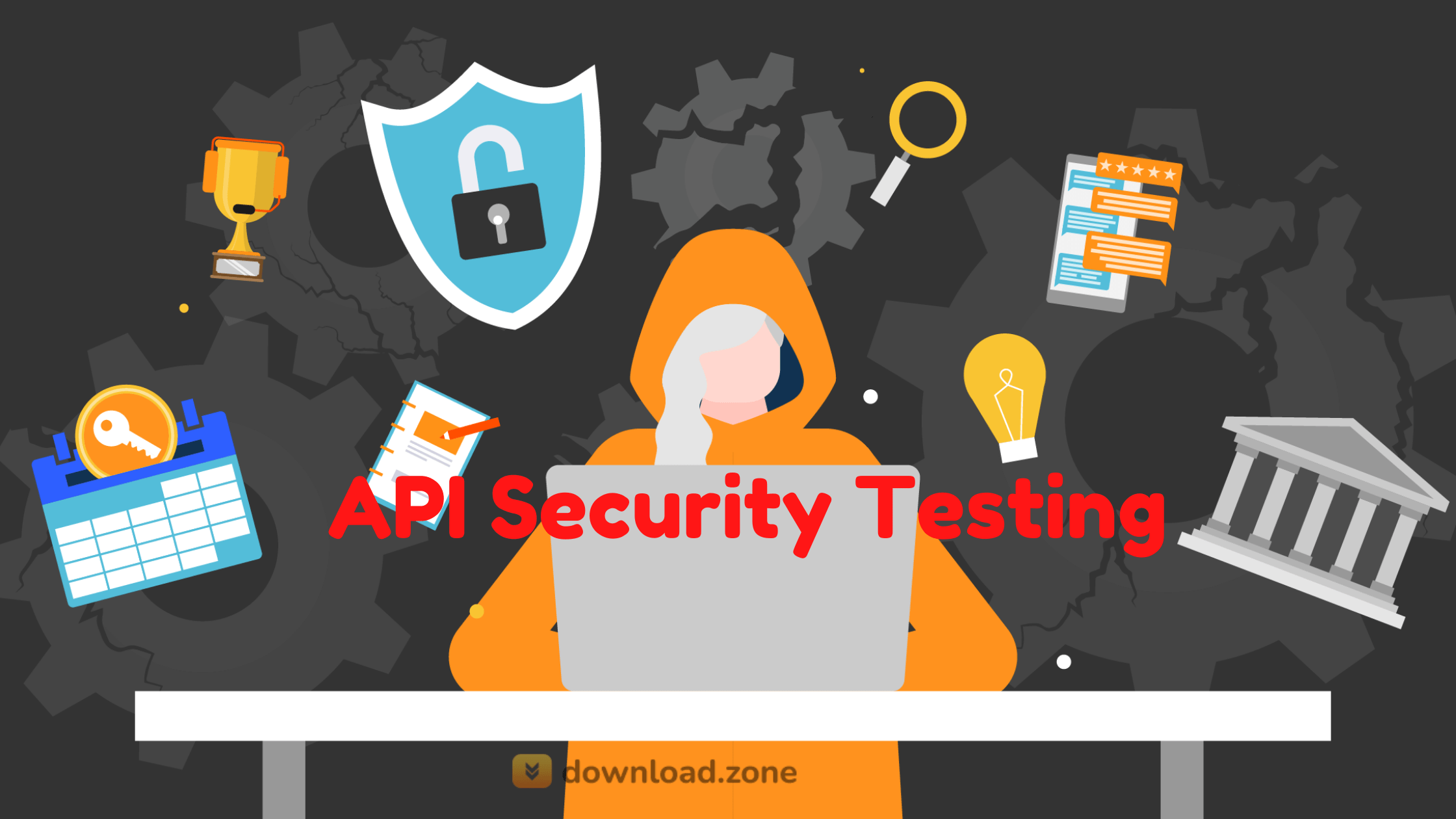Introduction to API Security Testing
With the increasing importance of the use of sensitive data, application programming interfaces (APIs) have gained equal importance. Hackers are always looking for ways to manipulate the organization’s sensitive data and vulnerable APIs unknowingly become the easiest backdoor. Therefore, regular API security testing ensures that API usage across your own organization and others remains free of errors and hacking potential.
Under API security testing, the teams or individuals in charge need to go beyond standardized tests and simulate real-time attacks. To know how to design these attacks, one can take the examples of attacks that occurred in the recent past, use the OWASP Top 10 list, and imagine potential attacks based on inherent vulnerabilities.
Ensuring API Security
As the global cloud API market edges towards the value of USD 1424 million by 2025, API-based attacks are set to become the most common type of attack on web applications. Increasing vulnerability in APIs could lead to injection attacks, unauthorized access, allowing fuzzy input, parameter manipulation, etc.
There are some basic rules to API security testing that will help you prioritize testing criteria:
- Approved inputs should be of a specific range and values outside this range should be rejected
- Inputs outside the specified range should be rejected
- Each input should have the expected output generated by the API
- Inputs with the incorrect size shouldn’t be accepted
- Null inputs, when null values are not to be accepted, should be rejected
As simple as the testing criteria seem to be, verifying the exact implementation and validation of the API workflow can be a tasking process. Therefore, these aspects of API security are often overlooked as well. To verify that APIs are behaving in an expected manner with the least risk potential, all API workflows should be tested for optimization and safety.
API security testing gains its importance from the alternate scenarios that could happen in its absence. Foremost, potential data loss, manipulation, and leakages would be detrimental to your organization’s purpose and customer relationships. The stolen data is often sold on the dark web for monetary or other nefarious purposes which could also lead to lawsuits. This leads to an expensive and tiresome process in data recovery and smoothening strained relationships.
It also affects your relationship with potential clients since they’ll now be wary of sharing sensitive data in exchange for your services. Therefore, testing all kinds of inputs on your APIs and data errors that arise is important. Preparing a backup plan for situations such as these could also assist in dealing with the situation. Responses after facing such an attack for securing the web application and other contingency measures are equally important.
Tips and Pointers in API Security Testing
Before stepping forward with API security testing for your assets, it’s important to understand different aspects that influence this exercise. One of these includes the relevance of API security testing for better functioning and maximum results. This means that security checks shouldn’t be considered as a part of your APIs, rather as a separate component that requires its own resources and skills. Simply looking within the API isn’t enough to formulate a comprehensive API security strategy – this should be complemented with a far-looking strategy of evaluating all potential risks.
📚 Also Read: The Top 11 API Security Testing Tools
Only using software for ensuring API security can compromise your security standing in the future, even if it’s convenient. However, the most popular and disastrous API security breaches and situations in the past have been based on the use of software for protection. For example, depending on software for protection allows for easier inserting and running of malicious code. Therefore, implement API security testing strategies for better protection.
API security gateways are vital to your overall security strategy. These gateways allow you to verify the data flows that occur within them, putting limits or other restrictions in place to protect sensitive data from exposure. Compared to the API security gateways, normal API gateways are only useful for connection and nothing more. While the concept of API functioning may be simple, API security testing is less so. There needs to be equal focus on accessing and protecting the data in today’s time.
Conclusion
Finally, the use of APIs doesn’t imply automatic security – certain features of API security or implementation of best practices don’t take the role of active API security testing. This means that regular penetration testing, for example, plays a more vital role in security testing by discovering hidden vulnerabilities and resolving security issues.
API security testing takes an important role in today’s application development process, especially since APIs gain more relevance. Privacy breaches are also gaining importance in their discussions, the consequences of breaking them far more severe today. As security breaches of popular companies’ APIs are publicized on every channel, clients are also aware of what constitutes the best standards of security and automatically demand the same from their provider.
ad



Comments are closed.